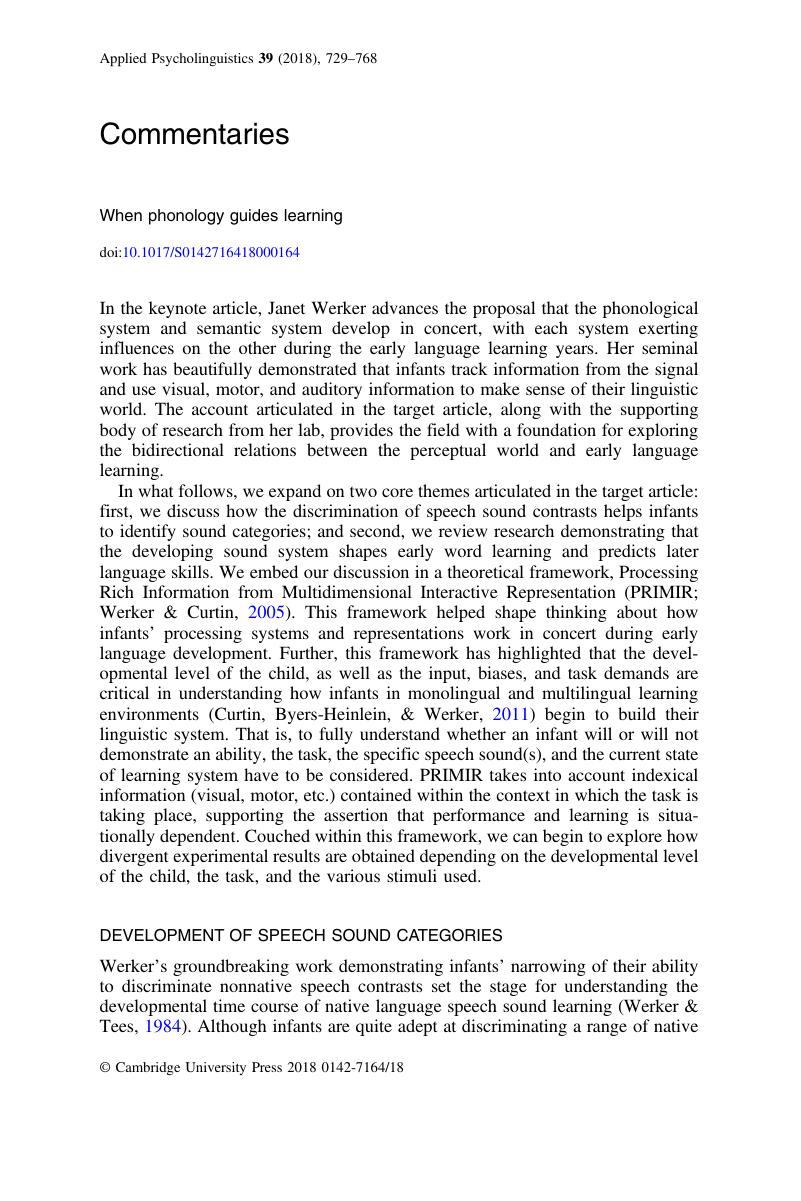San Juan, V.,
Lin, C.,
Mackenzie, H.,
Curtin, S., &
Graham, S. A. (
2017).
Not speaking the same language: 17-month-olds shift their perception of novel labels following brief exposure to non-native language. Manuscript submitted for publication.
Google Scholar 